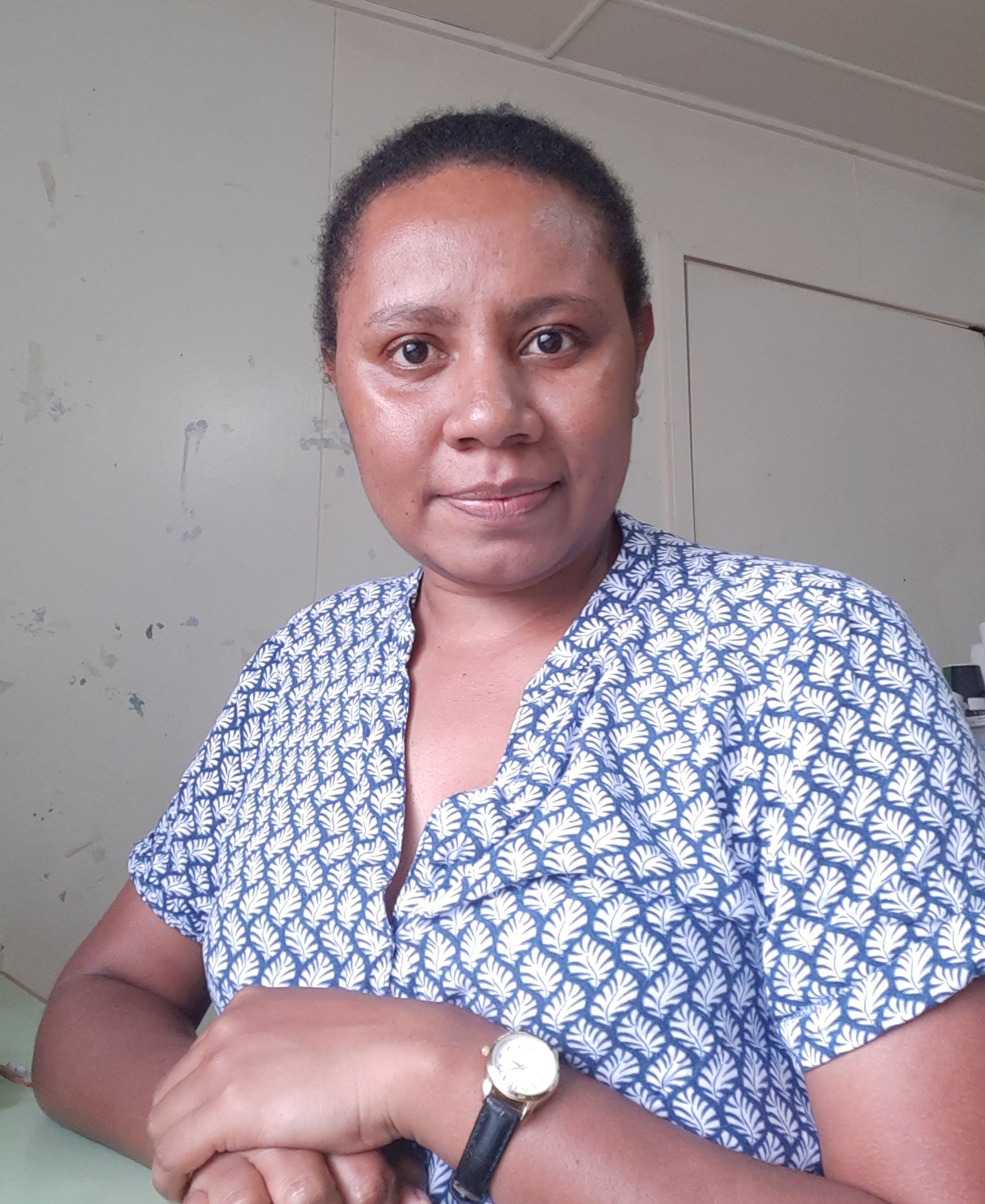Search
Research
Childhood behavior problems and age at first sexual intercourse: A prospective birth cohort studyEarly first sexual intercourse (FSI) is a risk factor for unplanned abstract teenage pregnancy, sexually transmitted infection, and adverse social, emotional...
Research
Controlling acute rheumatic fever and rheumatic heart disease in developing countries: Are we getting closer?Improved opportunities for the primary prevention of ARF now exist, because of point-of-care antigen tests for Streptococcus pyogenes, and clinical decision...
Research
Post hoc analysis of the PATRICIA randomized trial of the efficacy of human papillomavirus type 16 (HPV-16)/HPV-18 AS04-adjuvanted vaccineThe efficacy of the human papillomavirus type 16 (HPV-16)/HPV-18 AS04-adjuvanted vaccine against cervical infections with HPV...
Research
Invasive group A streptococcal infection in the Northern Territory, Australia: Case report and review of the literatureThis review article presents the case of infant Aboriginal twins with invasive group A streptococcal infection complicated by streptococcal toxic shock...
Research
A systematic and functional classification of Streptococcus pyogenes that serves as a new tool for molecular typing and vaccine development.This publication is a systematic analysis of all Group A Streptococcus M protein variants, to assist in the development of a vaccine.

News & Events
Researchers share their expertise with the community in CockburnResearchers from the Wesfarmers Centre of Vaccines and Infectious Diseases at The Kids Research Institute Australia have shared their expertise with the community in Cockburn, covering topics ranging from respiratory disease in babies to recurring ear infections in kids.

News & Events
Latest Deborah Lehmann Research Award RecipientCongratulations to Dr Paula Tesine who is the successful recipient of the Deborah Lehmann Research Award. As the third recipient of the Deborah Lehmann Research Award, Dr Tesine received $30,000 towards her research.

News & Events
Warm Welcome for the Neonatal Infection and Immunity TeamClinical Professor Tobias Strunk, Dr Andrew Currie and their Neonatal Infection and Immunity Team have become the newest members of the Wesfarmers Centre of Vaccines and Infectious Diseases.
Research
Detection of the rapid emergency of the H274 mutation associated with oseltamivir-resistanceIn 2009 a new swine-origin influenza virus A/H1N1 (A/H1N1 09) emerged, causing the century's first pandemic.
Research
Human rhinovirus species C infection in young children with acute wheeze is associated with increased acute respiratory hospital admissionsTo determine whether acute wheezing exacerbations due to HRV-C are associated with increased hospital attendances due to acute respiratory illnesses (ARIs).
